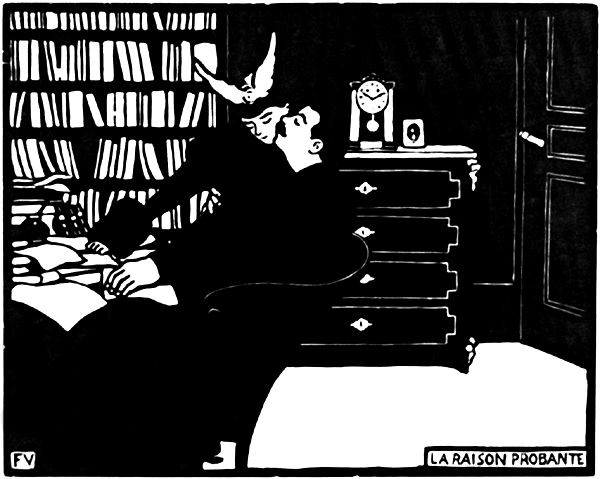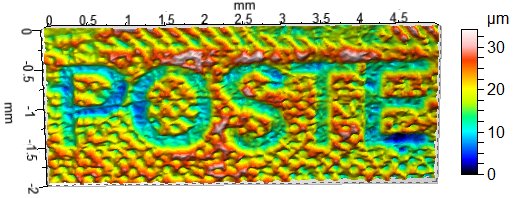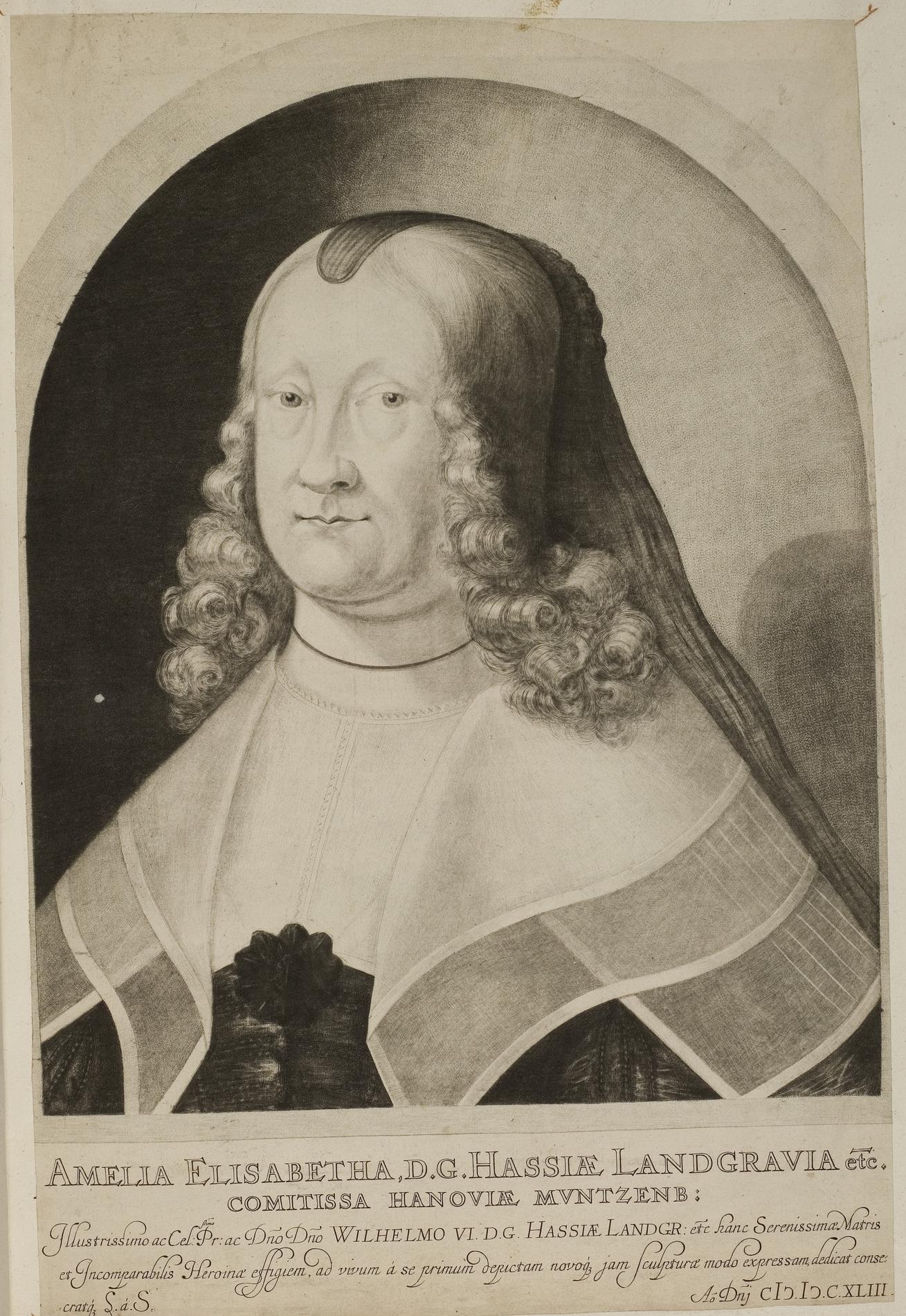|
Printmaking
Printmaking is the process of creating work of art, artworks by printing, normally on paper, but also on fabric, wood, metal, and other surfaces. "Traditional printmaking" normally covers only the process of creating prints using a hand processed technique, rather than a photographic reproduction of a visual artwork which would be printed using an electronic machine (Printer (computing), a printer); however, there is some cross-over between traditional and digital printmaking, including risograph. Prints are created by transferring ink from a Matrix (printing), matrix to a sheet of paper or other material, by a variety of techniques. Common types of matrices include: metal plates for engraving, etching and related intaglio printing techniques; stone, aluminum, or polymer for lithography; blocks of wood for woodcuts and wood engravings; and linoleum for linocuts. Screens made of silk or synthetic fabrics are used for the screen printing process. Other types of matrix substrates ... [...More Info...] [...Related Items...] OR: [Wikipedia] [Google] [Baidu] |
Collagraph
Collagraphy (sometimes spelled collography) is a printmaking process in which materials are glued or sealed to a rigid substrate (such as paperboard or wood) to create a plate. Once inked, the plate becomes a tool for imprinting the design onto paper or another medium. The resulting print is termed a collagraph. The term "collagraph" was coined by Glen Alps in the 1950s, and is derived from the Greek language, Greek word ''koll'' or ''kolla'', meaning adhesive, glue, and ''graph'', meaning the activity of drawing. Artists use a variety of materials in collagraphy, including yarn, fabric, tape, different varieties of cut paper or card, leaves, feathers, and acrylic mediums. The application of ink onto the collagraph plate is versatile, consisting of Intaglio (printmaking), intaglio-inking into recesses, brayer or paintbrush inking onto Relief printing, relief surfaces, or a combination of these methods. A print can be made with, or without use of a Printing press, press. See als ... [...More Info...] [...Related Items...] OR: [Wikipedia] [Google] [Baidu] |
Intaglio (printmaking)
Intaglio ( ; ) is the family of printing and printmaking techniques in which the image is incised into a surface and the incised line or sunken area holds the ink. It is the direct opposite of a relief print where the parts of the matrix that make the image stand ''above'' the main surface. Normally copper, or in recent times zinc, sheets called plates are used as a surface or matrix, and the incisions are created by etching, engraving, drypoint, aquatint or mezzotint, often in combination. Collagraphs may also be printed as intaglio plates. After the decline of the main relief technique of woodcut around 1550, the intaglio techniques dominated both artistic printmaking as well as most types of illustration and popular prints until the mid 19th century. The word "intaglio" describes prints created from plates where the ink-bearing regions are recessed beneath the plate's surface. Though brass, zinc, and other materials are occasionally utilized, copper is the most commo ... [...More Info...] [...Related Items...] OR: [Wikipedia] [Google] [Baidu] |
Master Printmaker
Master printmakers or master printers are specialized technicians who hand-print editions of works of an artist in printmaking. Master printmakers often own and/or operate their own printmaking studio or print shop. Business activities of a Master printshop may include: publishing and printing services, educational workshops or classes, mentorship of artists, and artist residencies. The role of the specialist printers mostly emerged from the 18th century onwards. Previously artists in printmaking mostly printed their own prints, as for example Rembrandt did; he had a printing press for etchings and engravings in his house. For woodcuts the blockcutter had long been a specialist artisan, sometimes famous. Printing of lithographs from the 19th century on has normally been a specialist process. Training for master printmakers varies by technique, geography, and culture. Master printmakers are almost always trained by other master printmakers. The Tamarind Institute is one formal ... [...More Info...] [...Related Items...] OR: [Wikipedia] [Google] [Baidu] |
Etching
Etching is traditionally the process of using strong acid or mordant to cut into the unprotected parts of a metal surface to create a design in intaglio (incised) in the metal. In modern manufacturing, other chemicals may be used on other types of material. As a method of printmaking, it is, along with engraving, the most important technique for old master prints, and remains in wide use today. In a number of modern variants such as microfabrication etching and photochemical milling, it is a crucial technique in modern technology, including circuit boards. In traditional pure etching, a metal plate (usually of copper, zinc or steel) is covered with a waxy ground which is resistant to acid. The artist then scratches off the ground with a pointed etching needle where the artist wants a line to appear in the finished piece, exposing the bare metal. The échoppe, a tool with a slanted oval section, is also used for "swelling" lines. The plate is then dipped in a bath of aci ... [...More Info...] [...Related Items...] OR: [Wikipedia] [Google] [Baidu] |
Mezzotint
Mezzotint is a monochrome printmaking process of the intaglio (printmaking), intaglio family. It was the first printing process that yielded half-tones without using line- or dot-based techniques like hatching, cross-hatching or stipple. Mezzotint achieves tonality by roughening a metal plate with thousands of little dots made by a metal tool with small teeth, called a "rocker". In printing, the tiny pits in the plate retain the ink when the face of the plate is wiped clean. This technique can achieve a high level of quality and richness in the print, and produce a furniture print which is large and bold enough to be framed and hung effectively in a room. Mezzotint is often combined with other intaglio techniques, usually etching and engraving, including stipple engraving. The process was especially widely used in England from the eighteenth century, and in France was called ''la manière anglais'' (“the English manner”). Until the 20th century it has mostly been used for ... [...More Info...] [...Related Items...] OR: [Wikipedia] [Google] [Baidu] |
Monotyping
Monotyping is a type of printmaking made by drawing or painting on a smooth, non-absorbent surface. The surface, or matrix (printing), matrix, was historically a copper etching plate, but in contemporary work it can vary from zinc or glass to acrylic glass. The image is then transferred onto a paper by pressing the two together, using a printing-press, brayer, Baren (printing tool), baren or by techniques such as rubbing with the back of a wooden spoon or the fingers which allow pressure to be controlled selectively. Monotypes can also be created by inking an entire surface and then, using brushes or rags, removing ink to create a subtractive image, e.g. creating lights from a field of opaque colour. The inks used may be oil or water-based. With oil-based inks, the paper may be dry, in which case the image has more contrast, or the paper may be damp, in which case the image has a 10 percent greater range of tones. Monotyping produces a unique print, or monotype; most of the ink ... [...More Info...] [...Related Items...] OR: [Wikipedia] [Google] [Baidu] |
Wood Engraving
Wood engraving is a printmaking technique, in which an artist works an image into a block of wood. Functionally a variety of woodcut, it uses relief printing, where the artist applies ink to the face of the block and prints using relatively low pressure. By contrast, ordinary engraving, like etching, uses a metal plate for the matrix, and is printed by the intaglio method, where the ink fills the ''valleys'', the removed areas. As a result, the blocks for wood engravings deteriorate less quickly than the copper plates of engravings, and have a distinctive white-on-black character. Thomas Bewick developed the wood engraving technique in Great Britain at the end of the 18th century. His work differed from earlier woodcuts in two key ways. First, rather than using woodcarving tools such as knives, Bewick used an engraver's burin (graver). With this, he could create thin delicate lines, often creating large dark areas in the composition. Second, wood engraving traditionally use ... [...More Info...] [...Related Items...] OR: [Wikipedia] [Google] [Baidu] |
Lithography
Lithography () is a planographic method of printing originally based on the miscibility, immiscibility of oil and water. The printing is from a stone (lithographic limestone) or a metal plate with a smooth surface. It was invented in 1796 by the German author and actor Alois Senefelder and was initially used mostly for sheet music, musical scores and maps.Meggs, Philip B. ''A History of Graphic Design''. (1998) John Wiley & Sons, Inc. p 146, .Carter, Rob, Ben Day, Philip Meggs. ''Typographic Design: Form and Communication'', Third Edition. (2002) John Wiley & Sons, Inc. p. 11. Lithography can be used to print text or images onto paper or other suitable material. A lithograph is something printed by lithography, but this term is only used for printmaking, fine art prints and some other, mostly older, types of printed matter, not for those made by modern commercial lithography. Traditionally, the image to be printed was drawn with a greasy substance, such as oil, fat, or wax on ... [...More Info...] [...Related Items...] OR: [Wikipedia] [Google] [Baidu] |
Aquatint
Aquatint is an intaglio printmaking technique, a variant of etching that produces areas of tone rather than lines. For this reason it has mostly been used in conjunction with etching, to give both lines and shaded tone. It has also been used historically to print in colour, both by printing with multiple plates in different colours, and by making monochrome prints that were then hand-coloured with watercolour. The term colour etching, frequently used in the art trade, is potentially ambiguous, but most often means one of these two options. It has been in regular use since the later 18th century, and was most widely used between about 1770 and 1830, when it was used both for artistic prints and decorative ones. After about 1830 it lost ground to lithography and other techniques. There have been periodic revivals among artists since then. An aquatint plate wears out relatively quickly, and is less easily reworked than other intaglio plates. Many of Goya's plates were reprin ... [...More Info...] [...Related Items...] OR: [Wikipedia] [Google] [Baidu] |
Edition (printmaking)
In printmaking, an edition is a number of prints struck from one plate, usually at the same time. This may be a ''limited edition'', with a fixed number of impressions produced on the understanding that no further impressions (copies) will be produced later, or an ''open edition'' limited only by the number that can be sold or produced before the plate wears. Most modern artists produce only limited editions, normally signed by the artist in pencil, and numbered as say 67/100 to show the unique number of that impression and the total edition size. Original or reproduction? An important and often confused distinction is that between editions of original prints, produced in the same medium as the artist worked (e.g., etching, or lithography), and reproduction prints (or paintings), which are photographic reproductions of the original work, essentially in the same category as a picture in a book or magazine, though better printed and on better paper. These may be marketed as "limit ... [...More Info...] [...Related Items...] OR: [Wikipedia] [Google] [Baidu] |
Linocut
Linocut, also known as lino print, lino printing or linoleum art, is a printmaking technique, a variant of relief printing in which a sheet of linoleum (sometimes mounted on a wooden block) is used for a relief printing, relief surface. A design is cut into the linoleum surface with a sharp knife, V-shaped chisel or Chisel#Gouge, gouge, with the raised (uncarved) areas representing a reversal (mirror image) of the parts to show printed. The linoleum sheet is inked with a roller (called a brayer), and then impressed onto paper or fabric. The actual printing can be done by hand or with a printing press. Multi-color linocuts can be made by successively printing with a different block for each color as in a color woodcut, as the artists of the Grosvenor School frequently did. As Pablo Picasso demonstrated, such prints can also be achieved using a single piece of linoleum in what is called the "reductive" print method. Essentially, after each successive color is imprinted onto the paper ... [...More Info...] [...Related Items...] OR: [Wikipedia] [Google] [Baidu] |










